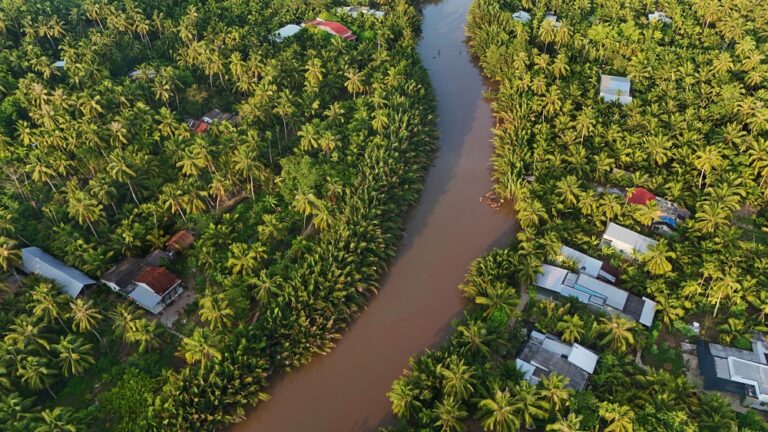News roundup: Groundscrapers as a way to decentralise cities, and other headlines

For PropertyGuru’s news roundup, introducing a groundscraper, which is the opposite of a skyscraper – a large building that sprawls outward horizontally instead of soaring vertically into the sky. In other stories, India’s transport infrastructure is bringing the country closer. And finally, learn how to baby-proof your home.
The Groundscraper: A building typology to decentralise cities
A groundscraper is essentially the opposite of a skyscraper – a large building that sprawls outward horizontally instead of soaring vertically into the sky. Though no strict definition exists, groundscrapers are generally described as extremely long but low-rise buildings with over 1 million square feet of space, sometimes called sidescrapers or landscrapers. According to an ArchDaily report, the term came into the spotlight with Google’s plans for their massive USD1.3 billion London headquarters. Designed to be only 11 stories tall but over 1,000 feet long, this vast office block epitomizes using horizontal expansion to create immense space for thousands of employees.
Proponents argue that groundscrapers offer advantages like minimal impact on a city’s skyline, lower construction costs, and better energy efficiency compared to skyscrapers’ intensive climate control needs. They can also foster inclusive spaces that bring workers and the public together. While once considered less prestigious than skyscrapers, groundscrapers’ ability to house entire populations on single floors has driven a rise in their appeal and use for major corporate projects in recent years.
Infrastructure brings India closer
In February, Indian finance minister Nirmala Sitharaman unveiled plans to spend nearly USD134 billion on transport infrastructure in the coming financial year, the continuation of a massive programme of spending on roads, rail, airports, and waterways across the nation.
This infrastructure spending underpins ambitious plans to boost GDP to USD5 trillion in 2025, from USD3.63 trillion in 2023, and to become a developed nation with USD30 trillion GDP by 2047. As well as transport infrastructure, India is investing in energy provision, including renewable energy, and building up its digital infrastructure.
“India has invested substantially in infrastructure of all kinds over the past decade,” says Arvind Nandan, Managing Director, Research and Consulting, at Savills India. “For example, the number of airports has doubled to around 150, with plans to expand that to 220 by the end of this decade.
Real estate is a direct beneficiary of these projects, Nandan explains, as they improve links between and within cities. “Better infrastructure is knitting India closer together. Airports and highways are linking cities, while metro lines, such as those in Mumbai, are connecting new areas of the city and opening them up for development.”
How to baby-proof your home?
The arrival of a baby brings immense joy, but also a heightened awareness of safety in your home. As your little one begins to explore their surroundings, it’s crucial to create a secure environment that minimises potential hazards. Baby-proofing involves taking proactive measures to address common dangers and prevent accidents. Housing.com offers 13 practical ideas to babyproof your house, along with important considerations and safety measures for your precious child.
The Property Report editors wrote this article. For more information, email: [email protected].
Recommended
Meet the sustainability guru making green living a reality for property seekers
PropertyGuru Group’s Cecile Corda has helped launch innovative new programs to help property seekers make more considerated choices
ARES White Paper Volume 3: The era of adaptive reinvention
Pioneering sustainable and innovative practices in urban development
ARES White Paper Volume 2: Unravelling the power of data revolution in real estate
Insights on proptech, smart cities, and sustainable development
ARES Digital White Paper Volume 1: The fundamentals of responsible building
Green and climate heroes join forces to discuss how Asia Pacific can weather the current environmental crises and the looming effects of climate change







